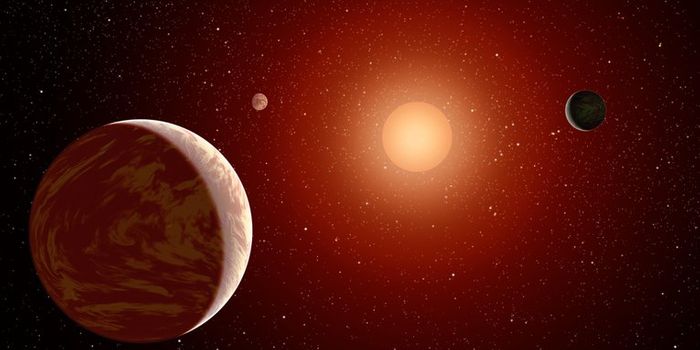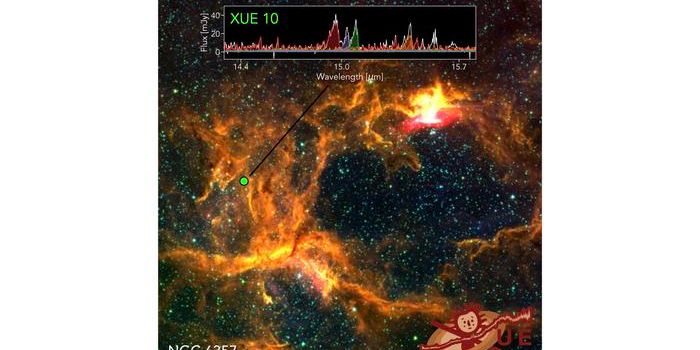Researchers Redefine Size Limits for Neutron Stars
Neutrons stars are unimaginably dense, and perhaps even the densest-known objects in the entire universe. They can be as small as a city and contain just as much matter as a star would.
Image Credit: Lukas Weih, Goethe University, satellite image: GeoBasis-DE/BKG (2009) Google
With that in mind, researchers have long tried to discern how large a typical neutron star really is. Discovering the answer to this particular question could potentially resolve some of the most compelling questions in nuclear physics today.
One of the most widely-accepted estimates to date placed neutron star diameters within the 16-kilometer range. But new research published in the journal Physical Review Letters this week by researchers from Goethe University Frankfurt squeezes that figure down to around 12 to 13.5 kilometers instead.
The researchers reached their conclusion after computing and testing more than two billion theoretical models involving neutron star size constraints, and they validated their results by comparing them with gravitational wave data that was obtained during a neutron star merger.
"An approach of this type is not unusual in theoretical physics," explained Professor Luciano Rezzolla from the Institute for Theoretical Physics at Goethe University Frankfurt.
"By exploring the results for all possible values of the parameters, we can effectively reduce our uncertainties."
Related: This neutron star is far away and lacks a companion
But as you might have expected, the result exposes a significant caveat. There are certain exceptions that can cause the size of the neutron star to vary, such as the properties of the matter that it’s comprised of.
The researchers compare this caveat to the phase transition that occurs when water freezes into ice; one phase takes up more space than the other, and similar circumstances can happen with neutron star matter in the right conditions.
Related: Do neutron star collisions create heavy elements?
It should be interesting to see whether the findings hold true as additional neutron star-related gravitational wave data emerges. Future studies may pave the way for novel findings that push humanity’s understanding of the universe forward.
Source: Goethe University Frankfurt









